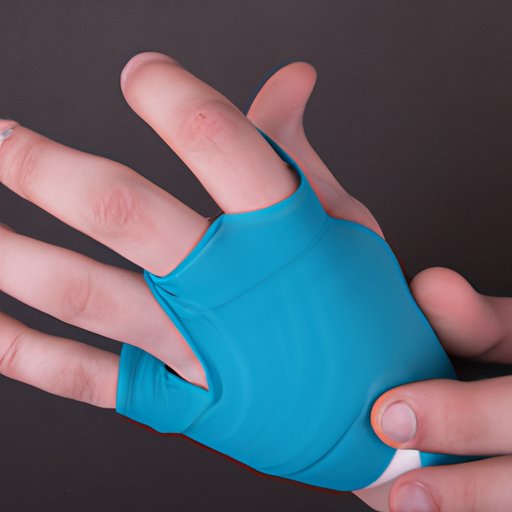
How to Unjam a Finger
Having a jammed finger is a common injury that many people experience, especially those who participate in sports such as basketball, football, and volleyball. A jammed finger occurs when the end of a finger gets compressed against an object, causing the joint to become injured. It can be a painful and frustrating injury, but knowing how to treat it properly can speed up the recovery process. In this article, we will explore how to unjam a finger in a safe and effective manner.
Understanding the Injury
Fingers get jammed because they are one of the most active and vulnerable parts of the body. A jammed finger usually occurs when the finger is bent or impacted with great force, causing damage to the ligaments and tendons around the joint. The injury causes swelling, pain, and difficulty moving the finger. The anatomy of a finger consists of small bones and ligaments that work together to support the finger’s movement. A jam disrupts this movement, and depending on the severity, it can take weeks or months for the finger to heal.
Assessing the Injury
It’s essential to determine the extent of a finger injury before deciding on the proper treatment method. A mild jam can be treated at home, but a severe injury may require medical attention. Signs that a finger may be jammed include swelling, pain, and difficulty moving the finger. In some instances, there may be bruising or discoloration. If the pain does not subside or there is significant swelling, it’s crucial to seek medical help to avoid long-term complications.
Immobilization
To allow the finger to heal, it’s essential to immobilize the finger to prevent further damage or irritation. This can be done in different ways, such as using a splint or buddy tape, which is taping the injured finger to an adjacent finger for support. The length of immobilization varies based on the severity of the injury. A typical recovery period for a finger jam ranges from a few days to several weeks, depending on the extent of the injury.
Exercises to Try
Physical therapy exercises can help relieve pain and prevent the finger from becoming stiff or weak. Such exercises include gently massaging the injured area, finger curls, and stretching of the finger joint. However, it’s essential to be cautious when performing these exercises to avoid aggravating the injury. A healthcare professional can provide guidance on the appropriate exercises to perform and when to start them.
Lifestyle Adaptations
Adapting your lifestyle to aid the recovery process can help alleviate the pain and speed up healing. Avoid using the injured finger for heavy lifting or any activity that may cause additional stress or impact to the finger. Additionally, applying ice to the affected area can reduce swelling. A healthy diet and getting enough rest are also essential in promoting recovery.
When to Seek Medical Help
In some cases, a finger jam may be more severe than initially anticipated. If there is persistent pain or swelling, it may be necessary to seek medical help. Additionally, if there is a visible deformity around the joint or the finger remains immobile after a few days, it’s crucial to see a healthcare professional. Seeking timely medical attention can prevent potential long-term damage or complications.
Conclusion
A jammed finger can be a painful and frustrating injury, but with the right approach, it can be treated effectively. It’s crucial to assess the extent of the injury to determine the proper treatment method and to seek medical help if necessary. Utilizing immobilization techniques and performing gentle exercises can help promote healing. Adapting your lifestyle to accommodate recovery and seeking medical attention when necessary can expedite the healing process. Remember, taking care of your fingers and seeking prompt treatment can help you avoid potential complications in the future.




